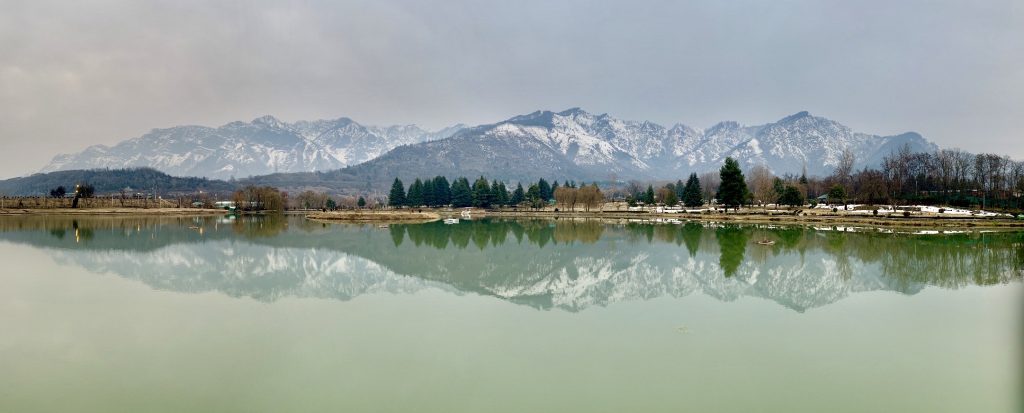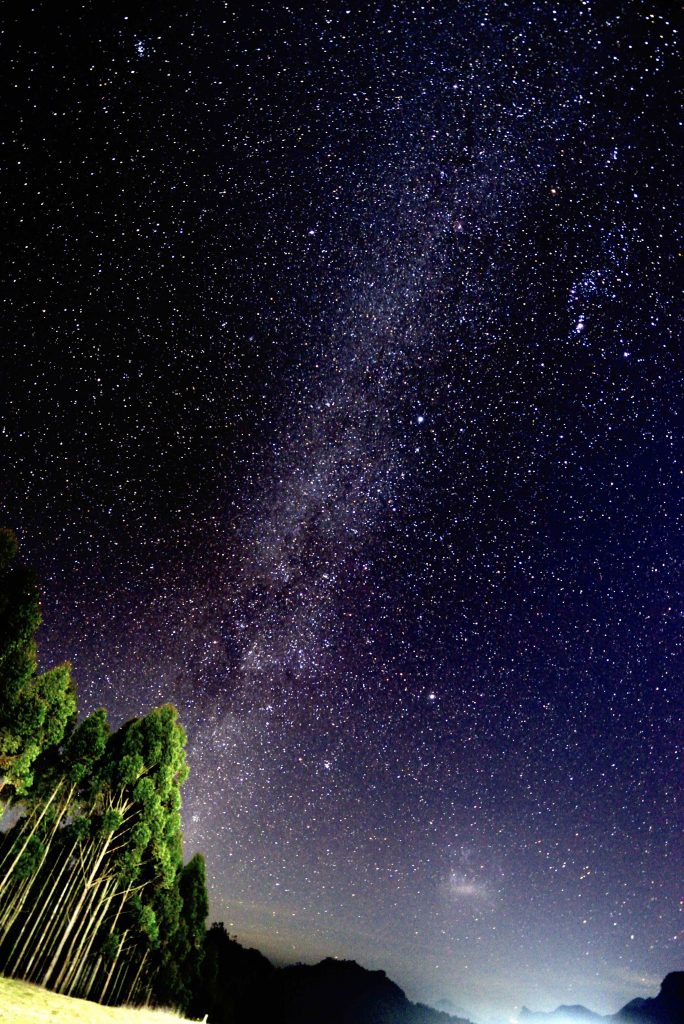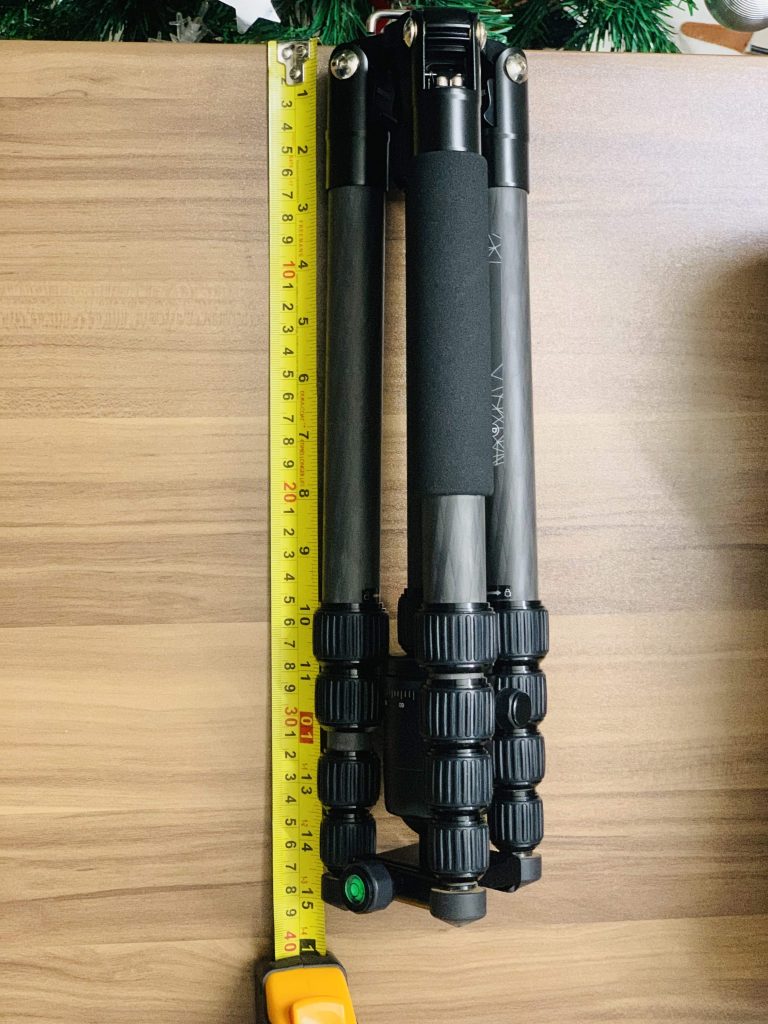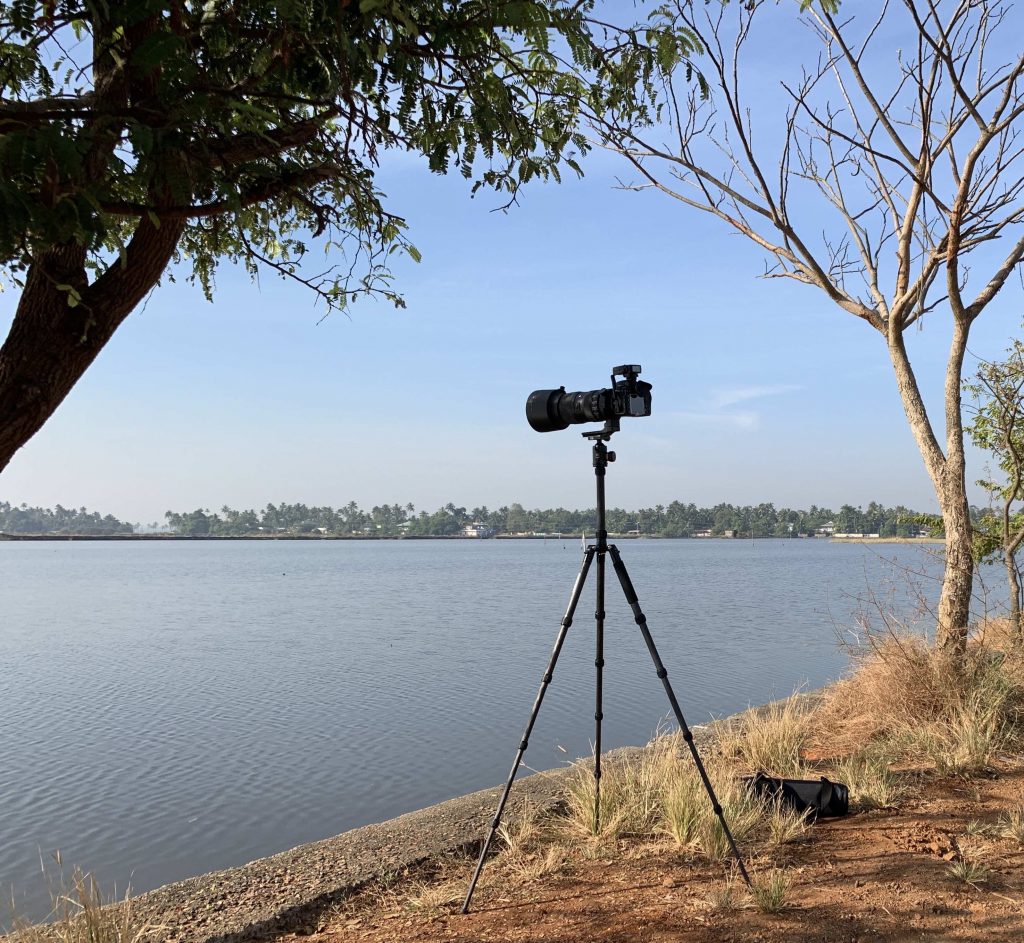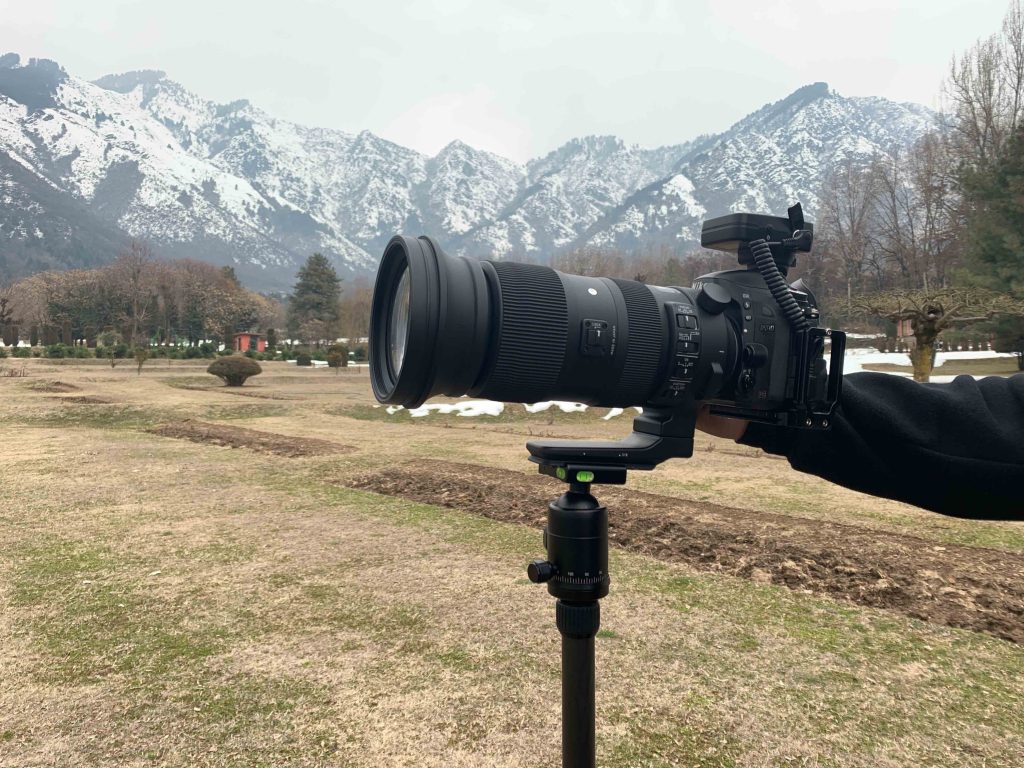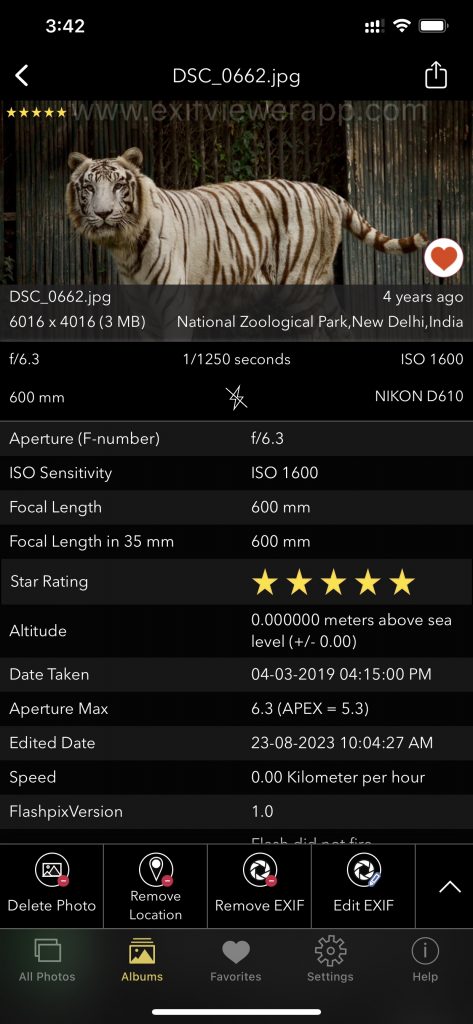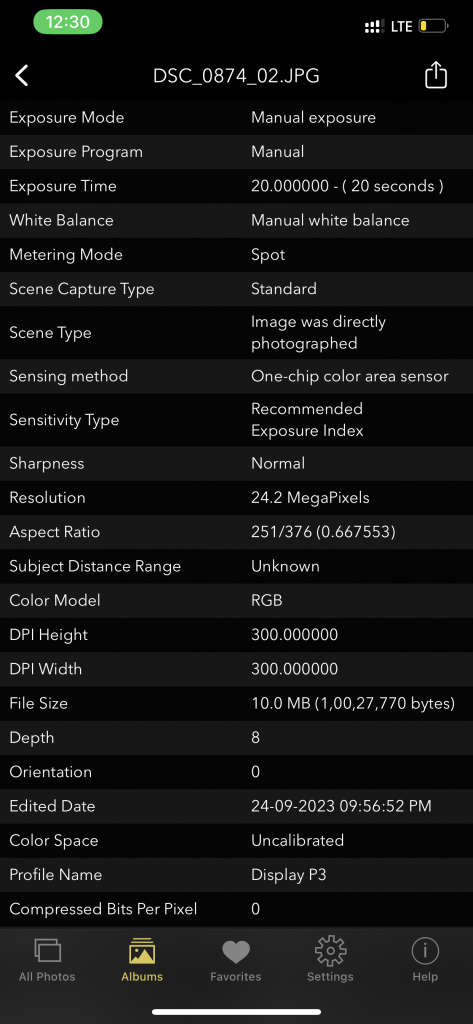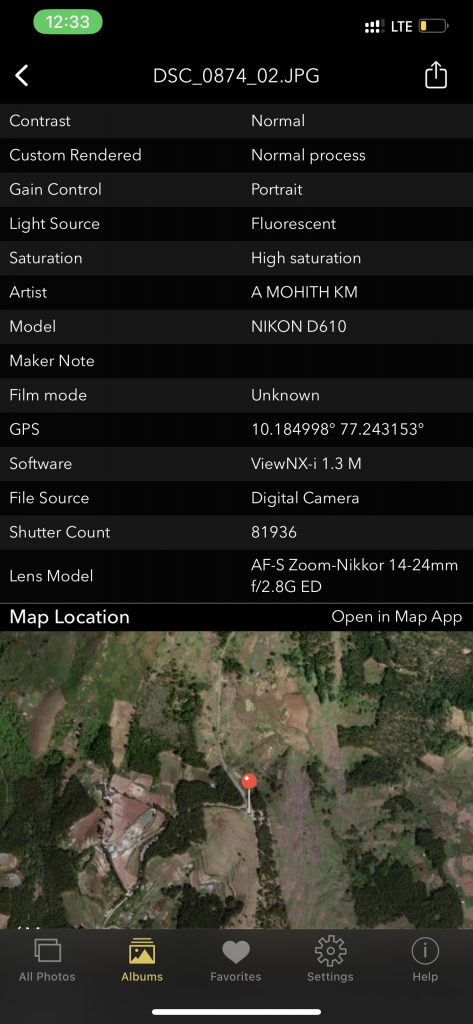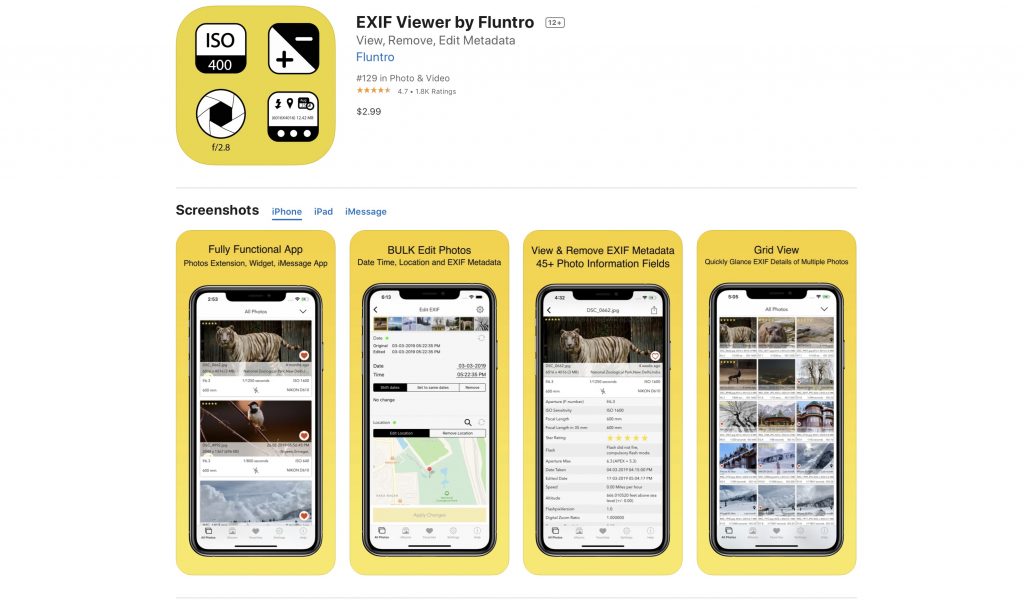The shutter speed for night photography can vary depending on the specific conditions and the effect you want to achieve in your photograph. However, generally speaking, for capturing images at night or in low-light situations, you will likely need to use longer shutter speeds to allow more light into the camera.
What is Shutter Speed?
Shutter speed in photography refers to the duration the camera’s shutter remains open when capturing an image. A faster shutter speed allows less light to reach the camera sensor, ideal for freezing fast-moving subjects without blur, as in sports photography.
Shutter speed directly impacts the light captured by the camera sensor. A faster speed allows less light, while a slower speed enables more light to be captured.
Shutter speed significantly affects the amount of light that reaches the camera sensor during the exposure of an image. A faster shutter speed limits the time the sensor is exposed to light, resulting in less light being captured. On the other hand, a slower shutter speed allows more light to reach the sensor as it remains open for a longer duration. Understanding this relationship is crucial for controlling the brightness or darkness of an image, especially in various lighting conditions.
Understanding the relationship between shutter speed and exposure is crucial for achieving the desired brightness or darkness in an image. A properly balanced exposure, achieved by adjusting the combination of shutter speed, aperture, and ISO, ensures that the image is neither too bright nor too dark. This balance is essential for creating well-exposed, high-quality photographs that accurately represent the scene being captured.
List of general Shutter Speed guidelines for Night Photography:
- Handheld Night Photography: When shooting handheld at night, you will typically need to use higher ISO settings and wider apertures to allow for faster shutter speeds. Shutter speeds may range from around 1/30 of a second to 1/60 of a second, depending on the available light and the specific lens you are using.
- Tripod-Assisted Night Photography: When using a tripod, you have more flexibility with longer exposures. The following shutter speeds can be a good starting point for different types of night photography:
- Cityscapes: 2 to 30 seconds
- Light trails: 10 to 30 seconds
- Stars and astrophotography: 15 seconds to several minutes (or even longer for capturing star trails)
- Fireworks: Several seconds to 15 seconds, depending on the intensity of the fireworks display

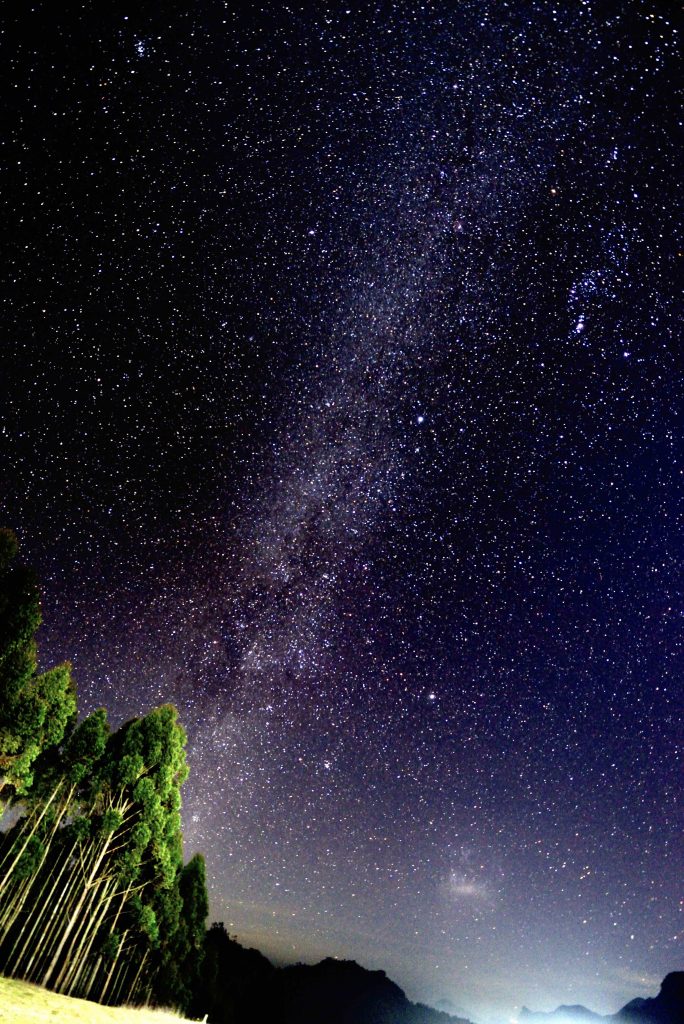
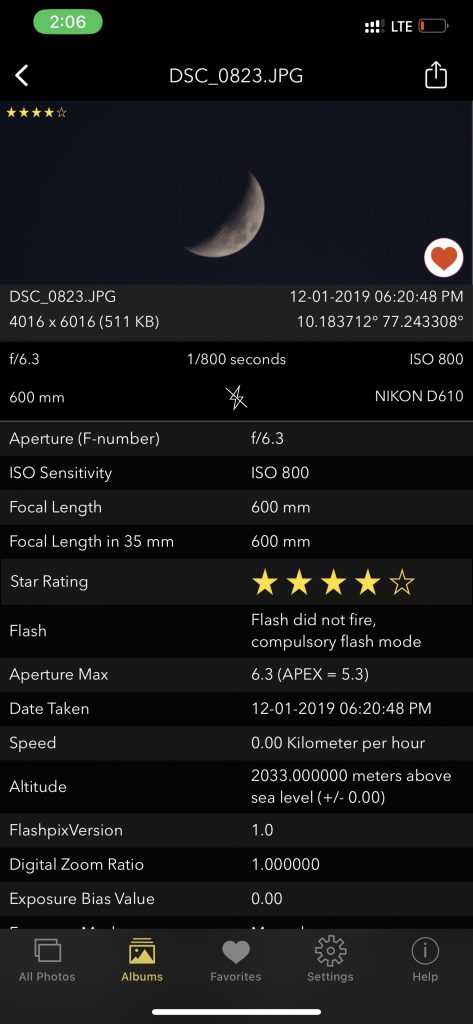
EXIF Viewer by Fluntro App Screenshot showing Image all exif details using including shutter speed, ISO, geotagging and more.
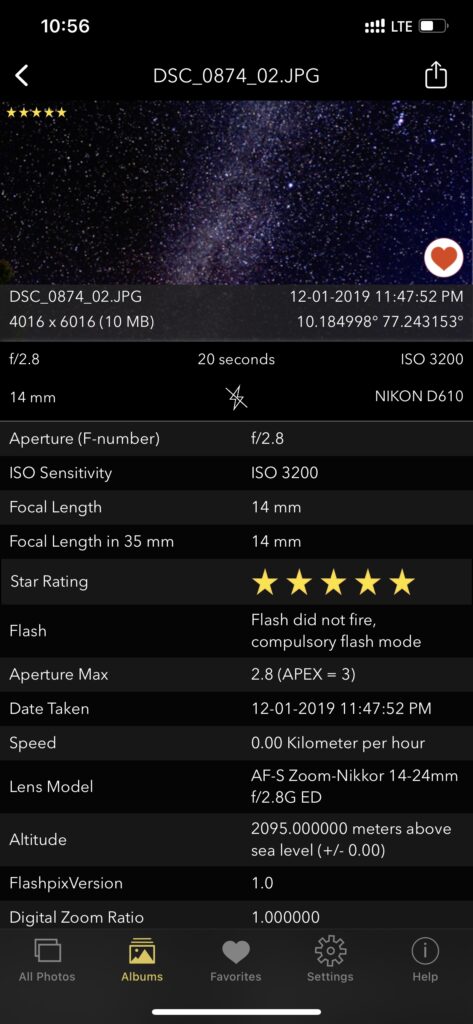
Remember, these are just starting points, and actual settings may vary depending on the specific conditions and the effect you wish to achieve. Always check your camera’s exposure after taking test shots and make adjustments as necessary. Additionally, using the camera’s self-timer or a remote shutter release can help minimize camera shake during long exposures.
Use third-party App to View your Image all Camera Details:
Photographers can gain a deeper understanding of the technical aspects of their photography, enabling them to assess their shooting techniques and make informed adjustments to optimize their workflow.
Consider utilizing exif displaying app to access and analyze valuable metadata within your images, empowering you to understand the intricacies of your shots and improve your photographic techniques.
MEET THE EXIF VIEWER BY FLUNTRO APP
The EXIF Viewer app by Fluntro is like a helpful guide for your photos. It takes all the tricky information about where and when your photos were taken and makes it easy to understand. You can use it to find out where you took a particular photo and when. It’s like having a personal photo detective in your pocket!
App that can display image metadata, including all camera details like geotags, DPI, and more if available in the image file.
Appstore Link: – https://apps.apple.com/us/app/exif-viewer-by-fluntro/id944118456
- Visit the App Store on your iPhone or iPad.
- Search for “EXIF viewer by Fluntro“.
- Download and install the app. EXIF Viewer app allows you to View, Remove and Edit image and video metadata.
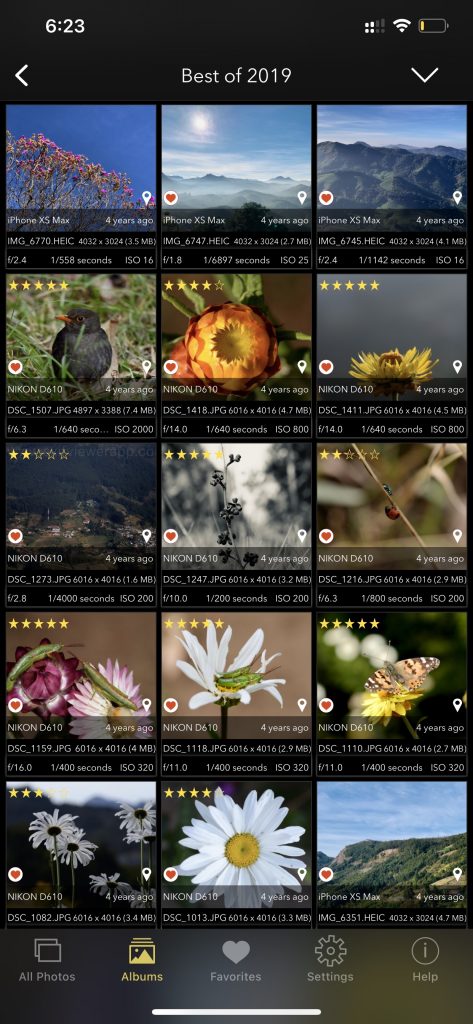
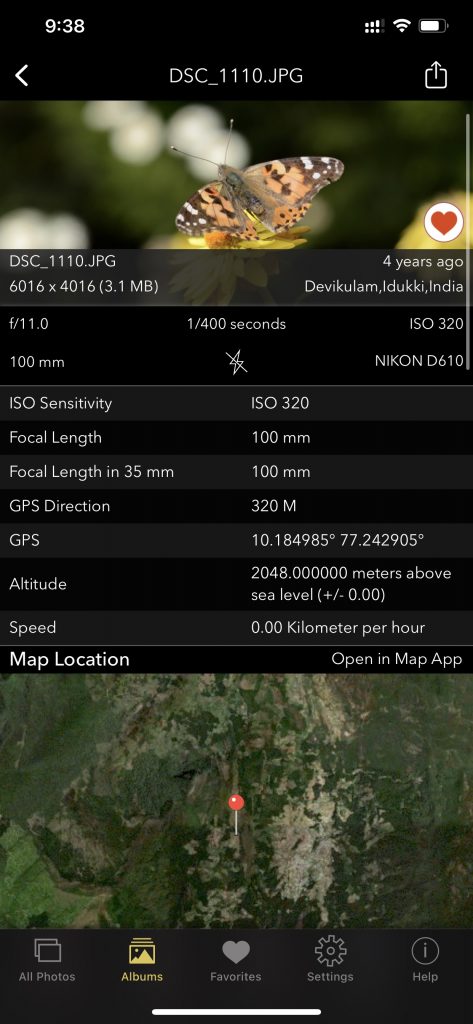
EXIF Viewer by Fluntro App Screenshot showing Images all exif details using including lens, geotagging, DPI.
Checkout the preview video of Exif Viewer by Fluntro:
